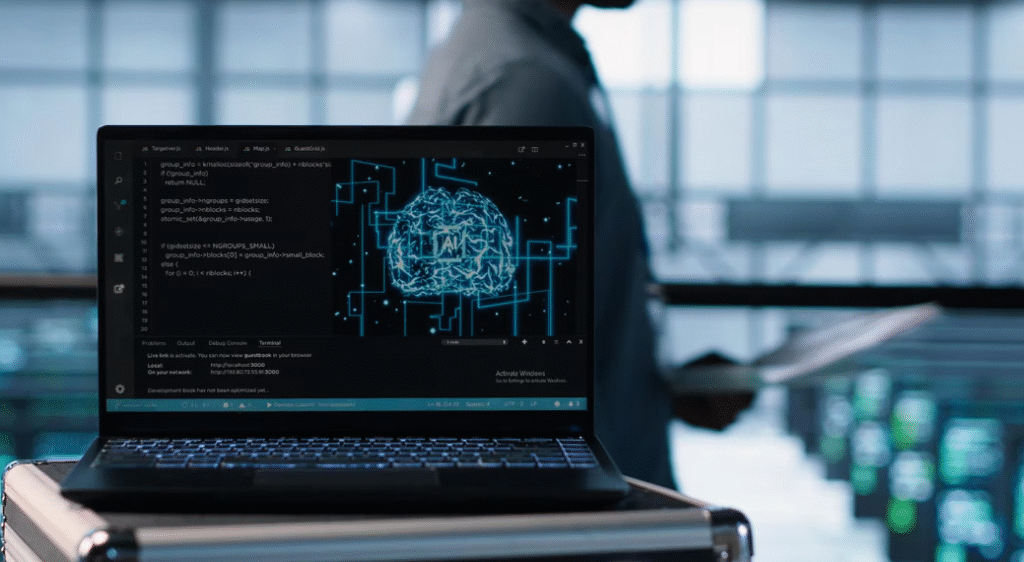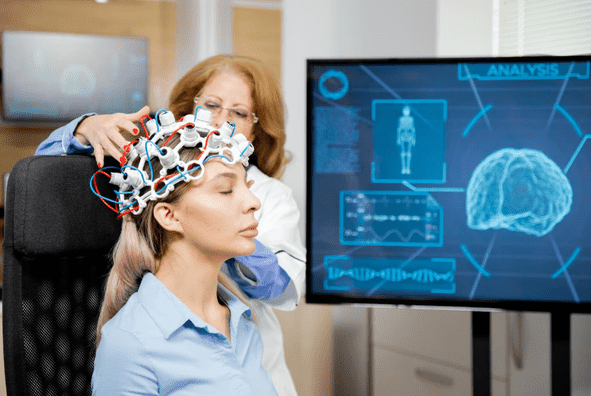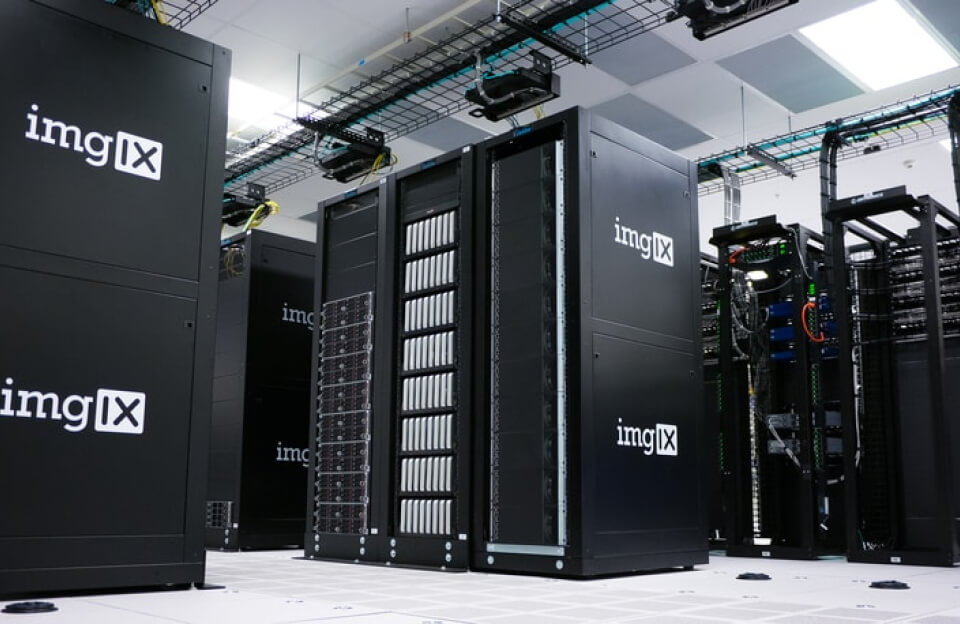The United States holds the spear in technological innovation, and the Brain‑Computer Interfaces (BCI) represent one of the most captivating developments in recent years. What a BCI does, fundamentally, is to provide a direct communication link between a human and a computer, devoid of traditional keyboard or touchscreen input. In all their applications, BCIs are reshaping healthcare, increasing human efficiency, and pushing the boundaries of AI and neuroscience. Hopefully, this writing will help you understand the concept of brain‑computer interactions, their operation, applications, prospects, hurdles, and how they could largely benefit the U. S. industry and society.
What Is A Brain‑Computer Interfaces?
The Brain‑Computer Interfaces (BCI) allow for the setup of direct communication between the brain and an external device.BCIs translate neural activity into digital signals, allowing people to control computers, prosthetics, and other devices using only their thoughts.
First, a BCI reads brain signals via electrodes (non-invasive or invasive); then, after processing, it allows users to control devices, communicate, and even enhance cognition.
How Brain‑Computer Interfaces Work
These BCIs depend on the capture, processing, and interpretation of neural signals. Broadly speaking, in general, the process can be simplified into several clear steps.
- Signal Acquisition: Use electrodes for capturing the electrical activities from the brain’s neurons. BCIs, for example, use electroencephalogram caps, while invasive systems require surgical implantation.
- Signal Processing: The raw signals are comprised of blood flow-based artifacts and environmental noises, collectively termed noise. The signals are then amplified and processed by band-pass filtering. This allows for the removal of high-frequency noise without affecting the lower-frequency signals.
- Feature Extraction: Researchers use useful brain wave patterns to recognize moving limbs, blinking eyes, or thought processes.
- Translation Algorithm: Eventually, machine learning algorithms adapt these decoded patterns to make a separate device receive commands accordingly.
- Device Control: The system sends the converted signals to control prosthetics, cursors, or robotic systems.
By means of these stages, BCIs are capable of delivering instantaneous brain-to-technology communication, thus revealing healthcare, communication, and productivity areas with great new potential.

Applications of Brain‑Computer Interfaces in the U.S.
Currently, the United States leads global BCI research and commercialization. Moreover, developers actively deploy BCI technology across healthcare, human‑machine interaction, and other fields. For instance, some examples are listed below:
- Healthcare and Rehabilitation
Importantly, BCI technology is transforming treatment for neurological disorders, spinal injuries, and ALS; consequently, it allows U.S. patients to control devices with their thoughts and thereby gain greater independence.
- Neuroprosthesis
To be precise, Brain‑Computer Interfaces allow accurate and human-like control of artificial limbs; therefore, the U. S. Department of Defense and medical organizations offer substantial funding for the rehabilitation of veterans and patients with amputations.
- Training Cognition and Mental Health
BCI can support cognitive training, memory improvement, and psychiatric care rather than mobility; for example, a model that reads patterns in brainwaves related to stress or fatigue that uses BCI for feedback or even the implementation of therapeutic strategies. Consequently, the technology gains more validation in wellness programs and clinical trials within the U.S.A.
- HCI
In the U.S., tech companies are actively exploring BCIs to enhance human‑machine interaction; moreover, this technology enables hands-free control for devices, gaming, productivity, and even VR navigation.
- Research and Education
Scientists use Brain‑Computer Interfaces as vital tools in neuroscience research to monitor brain functions in real time and gain insights into cognition, behavior, and neurological disorders. Consequently, U.S. universities and research labs lead BCI innovation.
Benefits of Brain‑Computer Interfaces
The rise of BCIs brings numerous advantages, especially for U. S. industries and society:
- Enhanced Accessibility: Using BCIs, persons with disabilities can communicate and interact efficiently with technology.
- Enhanced Healthcare Level: Post-neurorehabilitation and prosthetic applications boast new treatment options introduced by BCIs for neurological disabilities.
- Interactivity without Hands-off: BCIs boost gaming and defense sectors by integrating brain-computer tech, enhancing human-machine interfaces, and driving economic growth.
- The module seeks to magnify the brain by establishing a vast pool of neural data that speeds up machine intelligence and research in AI.
- Different Sectors Getting Advanced: BCIs can enhance life in healthcare, gaming, defense, and science.
So, by incorporating this cool technology, the U. S. industry can hike its productivity, upgrade accessibility, and pioneer new-generation human-computer interfaces.
Brain-Computer Interface Technology Challenges
No doubt BCIs have potential, but serious challenges are staring them:
- Invasive vs. Non-Invasive Trade-off: Non- neurally invasive techniques hold off the fine, shattered memory bits left by invasive BCIs onto the oceans of classic knowledge and precision.
- Noise in Signals: Brain signals are noisy and usually complex in nature. Hence, sophisticated processing algorithms are required.
- Price and Accessibility: High costs of BCI equipment still make it difficult to reach those who need medical access to the technology.
- Ethical Concerns: Beyond the well-established debate on privacy and consent, experts link BCIs to cognitive manipulation issues.
- Regulatory Issues: U. S. regulatory features with regard to medical devices and neural technology are changing and must be taken into account before commercialization can occur.
Thus, it is quite essential for the stakeholders to tackle these challenges and pave the way for the BCI integration to be effective and, in the long run, to global adoption.
How U. S. Companies Can Make The Most Of Brain-Computer Interfaces
By systematically planning their use, American companies can therefore make the best use of BCIs. So, how can they do this?
- Research and Development: Collaborate with research facilities and tech startups involved in combining breakthroughs in science.
- Grow the Talent: Mold and train engineers, neuroscientists, and software developers to augment their capacity in brain signal processing and machine learning.
- Prototype Development: Run feasibility cases on scaled-down BCI implementations in healthcare, gaming, or some productivity tools, only to explore operational improvement.
- Strategic Ethics and Law Compliance: Strictly bound by the US medical devices rules, standards for harmonious ethics have also been established, plans for the use of BCI systems with such foreign hardware and software.
This allows U.S. industries to drive innovation, improve patient outcomes, and gain a competitive edge in the emerging BCI market.
The Future of the Brain-Computer Interfaces in the USA.
The future of Brain‑Computer Interfaces in the U.S. is promising, with growing investments moving them from experiments to practical use in healthcare, assistive tech, gaming, and human-computer interaction.
Rising American interest in accessibility and tech means BCIs could transform productivity, independence, and daily life, using neuroscience, AI, and machine learning to interface with applications.
Conclusion
Brain‑Computer Interfaces, commonly referred to as BCIs, are thought to have created a paradigm shift in technology and neuroscience. BCIs create a direct brain-to-computer pathway, enabling hands-free communication, advanced prosthetics, cognitive enhancement, and new frontiers in human-technology interaction.
While costs and accuracy remain challenges, BCIs offer huge benefits, prompting U.S. researchers, corporations, and healthcare providers to innovate and keep the country at the forefront.
To sum up, with BCIs, we have arrived at the future, and it is high time to rethink the whole proposition of technology, healthcare, and human potential in the US.



